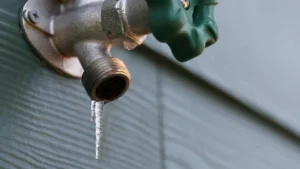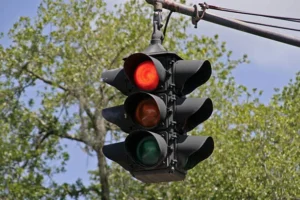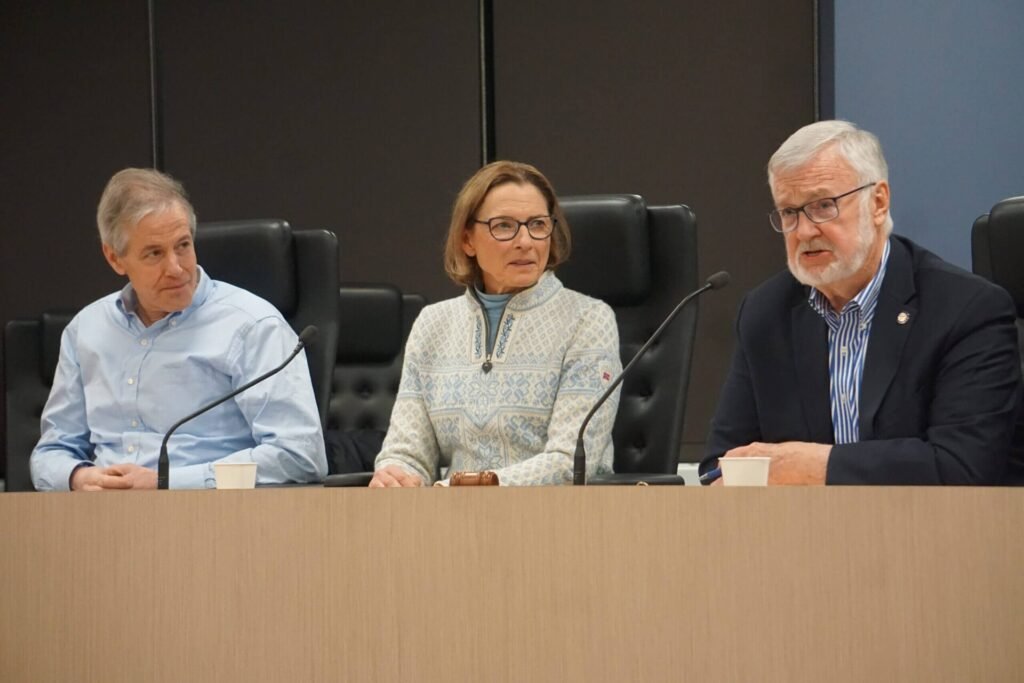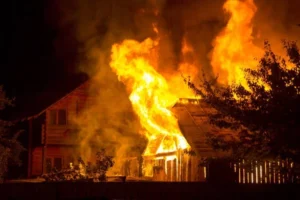The Alaska House and Senate convened on Tuesday, marking the start of a two-year session with bipartisan majorities governing both legislative chambers. This session is crucial, as lawmakers face significant challenges in passing a balanced budget and addressing key priorities, including the Alaska Budget crisis.
Leaders of the Democrat-dominated House and Senate majorities outline their priorities. These include a permanent increase in education funding, reforming Alaska’s public-sector retirement plans, election reform, energy policy, and passing a balanced budget.
However, legislators face a challenging fiscal environment. Declining oil prices and a projected drop in state revenue will impact the budget process. Lawmakers said new revenue measures are unlikely to be considered this session.
Meanwhile, Senate majority leaders aim to craft a budget that does not rely on savings. House Speaker Bryce Edgmon views drawing from the Constitutional Budget Reserve as an absolute last resort.
Gov. Mike Dunleavy’s proposed budget, which would create a $1.5 billion deficit, was met with skepticism. Democratic Sen. Lyman Hoffman noted, “It is going to be a very tough balancing act.”
Education funding is a key priority. Senate and House leaders plan to advance a funding boost for schools. Sen. Löki Tobin suggested a $200 million increase to the existing $1.2 billion education budget as a starting point.
Other priorities include energy policy, election reform, and public-sector retirement reform. The Alaska Legislative Session will likely be shaped by bipartisan negotiations and the need for fiscal conservatism.
The session is underway, with lawmakers facing significant challenges. The Alaska Budget Crisis will require careful consideration and bipartisan cooperation to resolve.
News Story originally published by Anchorage Daily News.









